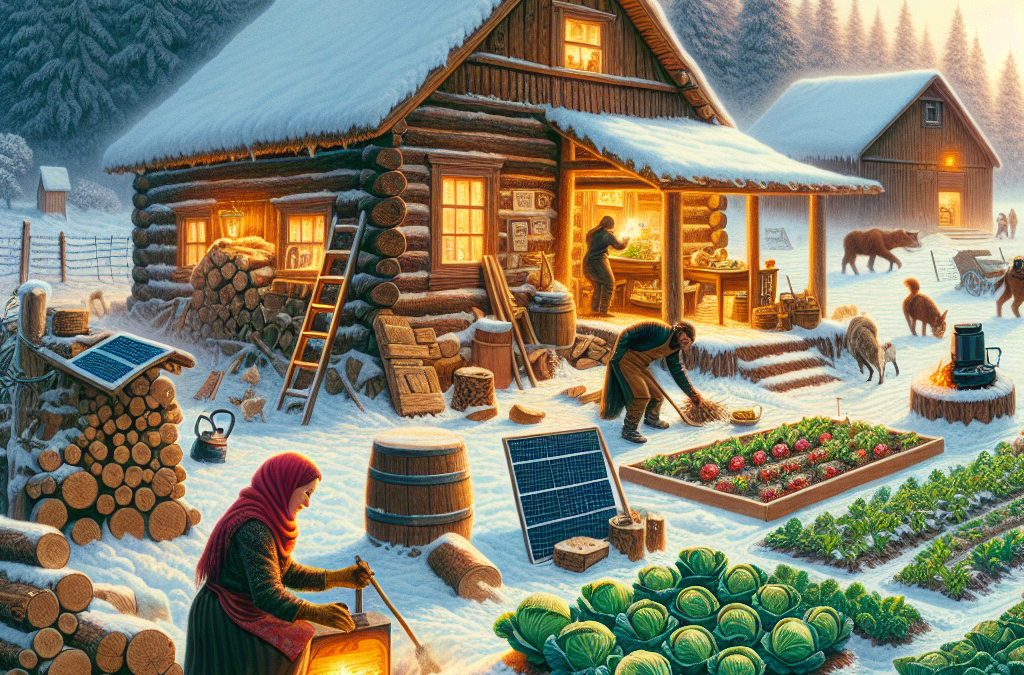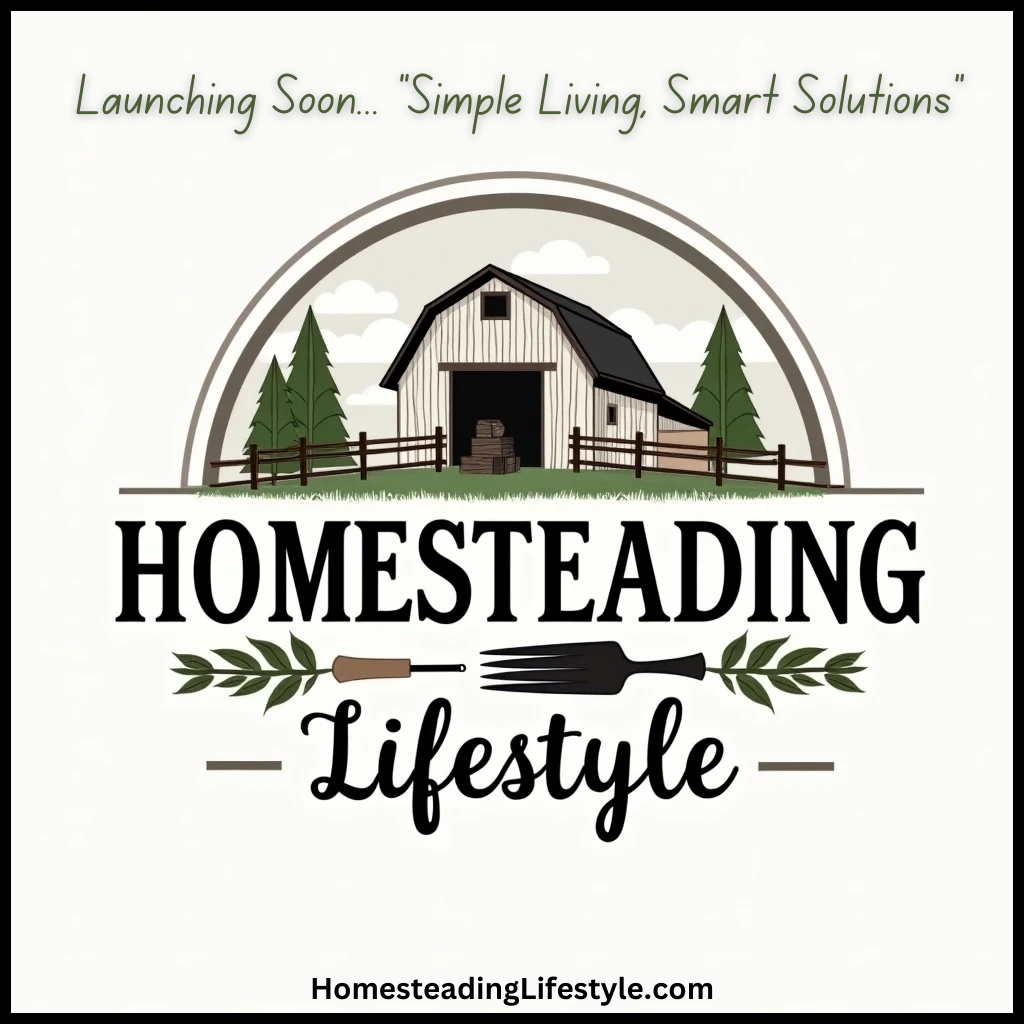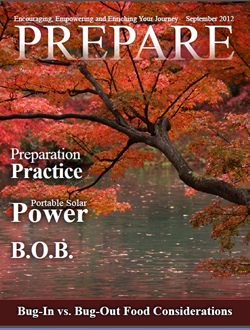Choosing the Right Location
Understanding the Climate
Choosing the perfect spot to start your homestead in a cold climate is like dating; you really have to get to know it first. I spent a good chunk of my time studying climate patterns, snowfall averages, and seasonal changes before I settled down. Trust me, Ignoring this could lead to a whole lot of heartache, especially when winter rolls around and you find yourself woefully unprepared!
Look for areas that offer ample sunlight during the winter months. Believe me, when those days are short, every ray counts! It’s crucial for anything you plan to grow or any animals you want to raise. Make sure your spot has writing checks that can cash out in the form of sunlight—otherwise, you might be in for a rough growing season.
You should also consider proximity to resources like water and firewood. Having easy access to these supplies can make or break your homesteading experience. Who wants to be trudging through the snow just to fetch a bucket of water? Gear up and shape your homestead around the essentials!
Building a Shelter
Insulation and Design
When I first built my cabin, I learned that insulation is your best friend in a cold climate. Thick walls and triple-pane windows help me to keep the cold at bay and ensure that my heating needs don’t break the bank. You’d be shocked at how much warmth a good insulation job can save you!
The design of your shelter matters too—think about whether to go for a single-story or multi-story home. I found that a simple layout made it easier to heat my space efficiently. Plus, I avoided the hassle of carrying firewood up a flight of stairs. Keep things practical, and your winters will be much cozier.
Don’t forget about the roof! I went for a steep pitch that prevents snow buildup. This small detail saves you a ton of worry and helps keep your home safe during heavy snowfalls, which I’ve learned can be pretty intense.
Choosing the Right Crops and Livestock
Seasonal Planting
One of my first mistakes was trying to grow crops that weren’t suited for the cold climate. I learned the hard way that research is key. Now, I focus on cold-hardy crops like kale, carrots, and potatoes—talk about a winter superstar lineup! These veggies withstand the frost and are perfect for my cold-season harvest.
Also, think about planting techniques. Row covers or cold frames can extend the growing season and protect your tender seedlings. I’ve had to build many a cover to ward off frigid temperatures, and believe me, it’s well worth the effort!
When it comes to livestock, consider chicken breeds that thrive in the cold. I now raise hardy chickens like the Orpington and the Plymouth Rock. They’re tough little guys that lay eggs even in the chillier months, which is a must if you want fresh food year-round!
Water Management
Sources and Storage
Water can be a little tricky in a cold climate, especially when it freezes. I had to get creative about sourcing water, from using rain barrels (packed with insulation, of course) to digging a well. Understanding these water sources can really elevate your homestead’s sustainability.
Storage is equally important. In the beginning, I struggled with frozen pipes, which was a real headache! Installing heat tape on your water lines was a game changer for me. It keeps them from freezing and prevents a lot of unnecessary stress during the cold spells.
Consider having a backup water source for emergencies, like a pond or a creek. Nature has a way of providing, provided you learn to tap into what’s around you. Remember: Always prepare for the worst, so you’re not left high and dry when you need it most!
Preparing for Winter
Stocking Up and Maintaining Supplies
There’s something magical about winter on a homestead; it takes some serious prepping, though. I always stock up on firewood, food, and supplies well before the snow starts falling. You don’t want to be fumbling around trying to find things when you could be snuggled up with a good book!
I also focus on maintenance during fall. This is the time to inspect everything—from your home to your tools. I learned the hard way that a little bit of care during the autumn can save you a ton of trouble when spring finally rolls around.
Keep on top of your animals, too. I check their shelters regularly, making sure they’re warm and comfy. Trust me, the happier they are, the happier you’ll be when you’re not nursing sick animals back to health over the winter!
FAQ
1. What crops are best for cold climates?
Cold-hardy crops like kale, carrots, and potatoes thrive in frigid temperatures. They’re great choices because they can withstand frost and provide excellent nutrition.
2. How can I keep my water from freezing?
To prevent your water from freezing, insulate your pipes and use heat tape. Also, consider alternative water sources like ponds or wells.
3. What animal breeds are suitable for cold weather?
Hardy breeds like Orpington chickens and Plymouth Rocks are great for colder climates. They adapt well to chilly temperatures and can still produce eggs!
4. How can I prepare my shelter for winter?
Your shelter needs proper insulation, a steep roof to prevent snow buildup, and secure windows. Focus on these areas to keep your home warm and dry during winter months.
5. What’s the best way to stock up for winter?
Stock up on firewood and food supplies in autumn. Regularly check your resources and always have a backup plan in place to ensure you’re well-prepared!





